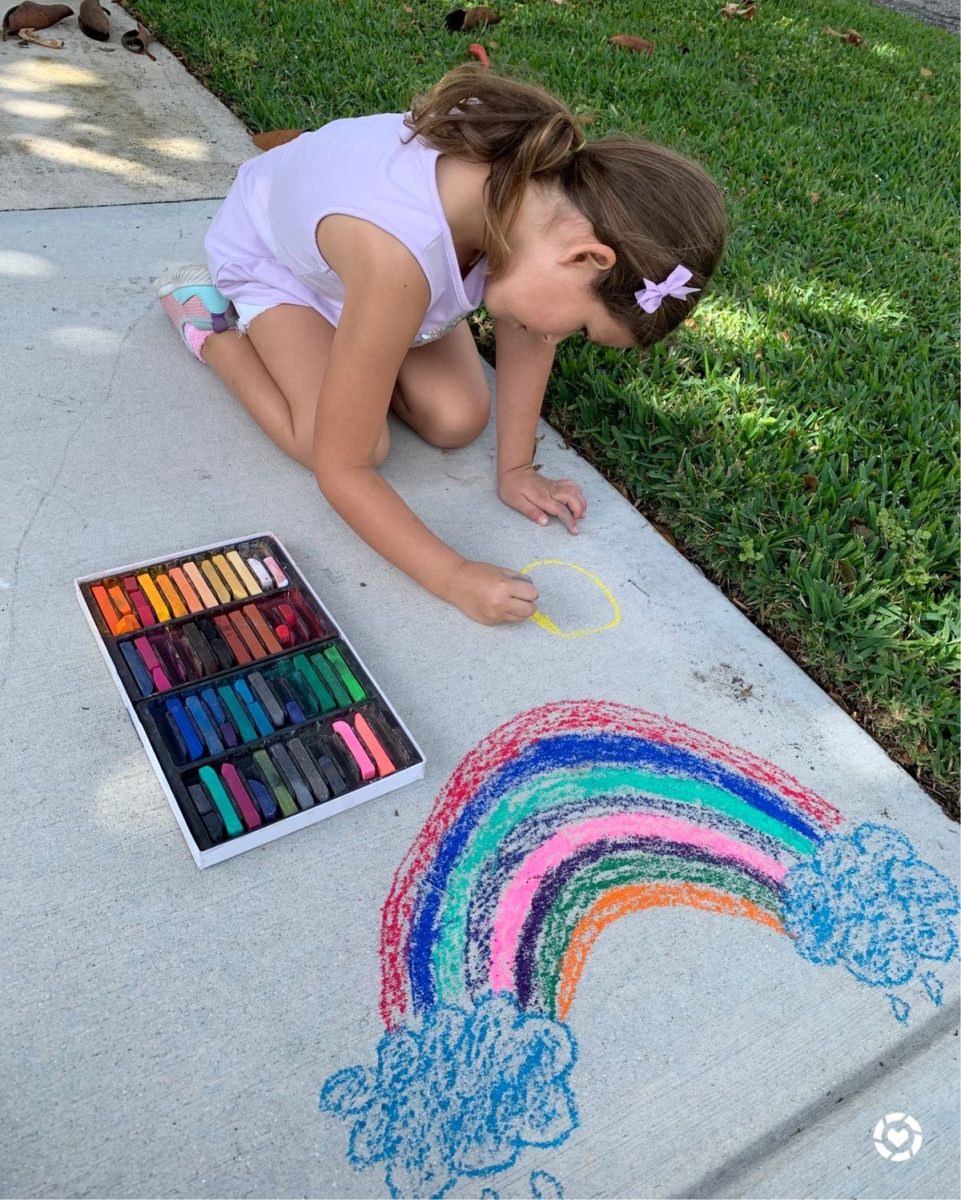Last year, as a junior, I thought I had “senioritis.”
School was dull, my motivation was dwindling, and I simply didn’t feel like I was myself in terms of sociability and productivity. I was only a junior, yet I convinced myself I was already suffering from the pulse of procrastination and lack of motivation that greets seniors during their final year of high school.
That hardly was “senioritis,” but after seven months of being a senior, it has become increasingly difficult to find motivation and purpose in school, especially because I am already committed to college, and the months without sunshine have left many feeling depleted and uninspired.
My dad recently introduced me to a principle—a mindset switch, almost—that has started to change the way I am doing tasks throughout the day while still obtaining the maximum results.
The method he introduced me to is called the 80/20 rule, also known as the Pareto principle, and it essentially states that 80% of the outcomes come from 20% of causes. When he first explained it to me, the concept didn’t make much sense in my brain: to me, my work ethic was directly correlated to the outcome. If I dedicated a lot of time and effort to something that was important to me, I would expect to see a greater outcome than if I didn’t give a lot of attention to it.
Although I have been attempting to implement the method into my schoolwork, the 80/20 rule is also used in business, production, time management, and sports to achieve the most desirable, quality outcome with little strife.
It is ideal for students, and it has been exceedingly helpful with the pressure of “senioritis.”
80% of a business’s sales volume is generated from 20% of the customer base.
80% of the grief comes from 20% of the people in your life.
80% of someone’s weekly tasks will affect 20% of their future.
The system works in the opposite order as well: 20% of the customer base generates 80% of the business sales, and so on.
Although the 80/20 rule applies to a wide range of fields and topics, I have found it most useful for studying and homework, especially as a student who has to balance AP classes, a variety of essays, and tests multiple days a week.
Before, I thought everything was proportional, but now, after looking at it through the lens that results and work ethic exist in an imbalance, it makes it easier for me to understand the material and how to focus on what needs attention and effort.
For example, if a book is ten chapters long, studying one chapter doesn’t mean that someone has learned 10% of the material—the first chapter could be the introduction chapter and instead cover one fifth of the overall content. Certain points or concepts could be brought up again later in the book, throwing off the percentage system even further and proving that studying and content immersion aren’t based on proportional tactics.
Focusing on the 20% that can generate 80% of results will increase productivity and make studying faster and more manageable, especially when facing burnout. If I am studying for a math test, the best way for me to apply this rule is to focus on the stuff I don’t understand first—this small amount will generate better results than wasting time on stuff I already feel confident with.
In the world of business, however, business owners who understand this rule and that their revenue and engagement come primarily from 20% of their customers, will hone in on that 20% to maximize their sales and overall increase profitability.
The 80/20 rule is vastly applicable to a wide range of categories, but as my final high school months conclude, I am finding it increasingly helpful to focus on my schoolwork and achieve my long-term academic goals.

























































































